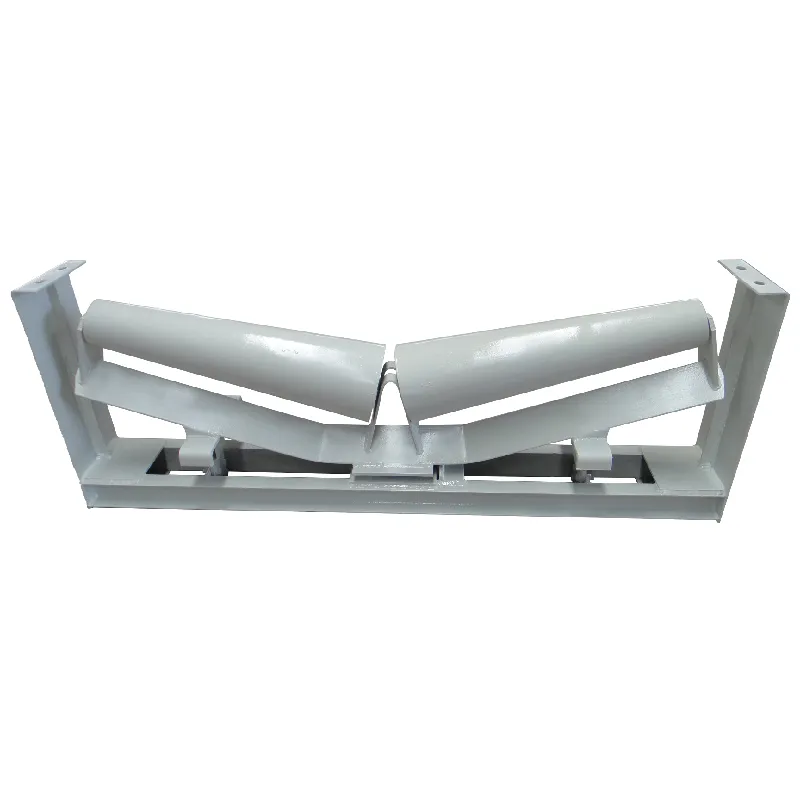 Afrikaans
Afrikaans  Albanian
Albanian  Amharic
Amharic  Arabic
Arabic  Armenian
Armenian  Azerbaijani
Azerbaijani  Basque
Basque  Belarusian
Belarusian  Bengali
Bengali  Bosnian
Bosnian  Bulgarian
Bulgarian  Catalan
Catalan  Cebuano
Cebuano  Corsican
Corsican  Croatian
Croatian  Czech
Czech  Danish
Danish  Dutch
Dutch  English
English  Esperanto
Esperanto  Estonian
Estonian  Finnish
Finnish  French
French  Frisian
Frisian  Galician
Galician  Georgian
Georgian  German
German  Greek
Greek  Gujarati
Gujarati  Haitian Creole
Haitian Creole  hausa
hausa  hawaiian
hawaiian  Hebrew
Hebrew  Hindi
Hindi  Miao
Miao  Hungarian
Hungarian  Icelandic
Icelandic  igbo
igbo  Indonesian
Indonesian  irish
irish  Italian
Italian  Japanese
Japanese  Javanese
Javanese  Kannada
Kannada  kazakh
kazakh  Khmer
Khmer  Rwandese
Rwandese  Korean
Korean  Kurdish
Kurdish  Kyrgyz
Kyrgyz  Lao
Lao  Latin
Latin  Latvian
Latvian  Lithuanian
Lithuanian  Luxembourgish
Luxembourgish  Macedonian
Macedonian  Malgashi
Malgashi  Malay
Malay  Malayalam
Malayalam  Maltese
Maltese  Maori
Maori  Marathi
Marathi  Mongolian
Mongolian  Myanmar
Myanmar  Nepali
Nepali  Norwegian
Norwegian  Norwegian
Norwegian  Occitan
Occitan  Pashto
Pashto  Persian
Persian  Polish
Polish  Portuguese
Portuguese  Punjabi
Punjabi  Romanian
Romanian  Russian
Russian  Samoan
Samoan  Scottish Gaelic
Scottish Gaelic  Serbian
Serbian  Sesotho
Sesotho  Shona
Shona  Sindhi
Sindhi  Sinhala
Sinhala  Slovak
Slovak  Slovenian
Slovenian  Somali
Somali  Spanish
Spanish  Sundanese
Sundanese  Swahili
Swahili  Swedish
Swedish  Tagalog
Tagalog  Tajik
Tajik  Tamil
Tamil  Tatar
Tatar  Telugu
Telugu  Thai
Thai  Turkish
Turkish  Turkmen
Turkmen  Ukrainian
Ukrainian  Urdu
Urdu  Uighur
Uighur  Uzbek
Uzbek  Vietnamese
Vietnamese  Welsh
Welsh  Bantu
Bantu  Yiddish
Yiddish  Yoruba
Yoruba  Zulu
Zulu pulley lagging
Understanding Pulley Lagging Importance, Types, and Applications
Pulley lagging is a crucial component in the machinery industry, specifically in conveyor systems and material handling operations. It involves the application of a layer or coating on the surface of a pulley to enhance its performance, longevity, and overall efficiency. The primary function of pulley lagging is to improve the friction between the pulley and the belt, thereby reducing slippage and increasing the overall grip. In this article, we will explore the importance of pulley lagging, the different types available, and their various applications.
Importance of Pulley Lagging
The significance of pulley lagging cannot be overstated. It plays a vital role in ensuring the efficient operation of conveyor systems. A well-lagged pulley provides several benefits, including
1. Enhanced Grip By increasing the friction between the belt and the pulley, lagging helps to prevent slippage, ensuring that the belt moves in sync with the pulley. This is particularly important in heavy-duty applications where materials are transported over long distances.
2. Wear Resistance The lagging material acts as a protective layer, reducing wear and tear on the pulley itself. This not only prolongs the life of the pulley but also minimizes maintenance costs, as less frequent replacements are needed.
3. Reduced Vibration Properly lagged pulleys help in dampening vibrations during operation. This not only enhances the comfort of surrounding operators but also contributes to the stability and reliability of the entire conveyor system.
4. Improved Load Distribution Lagging ensures that the load is evenly distributed across the surface of the pulley, reducing the risk of localized wear and damage. This is especially beneficial in applications involving heavy loads or high-speed operations.
Types of Pulley Lagging
There are various types of pulley lagging materials, each designed for specific applications and operating conditions
. The most common types include1. Rubber Lagging This is one of the most widely used lagging materials due to its excellent grip and durability. Rubber lagging is ideal for applications with high levels of abrasion and is available in different thicknesses and durometers to suit various needs.
pulley lagging

2. Ceramic Lagging For environments involving extreme conditions, such as high-temperature applications or those with corrosive materials, ceramic lagging is an ideal choice. It offers superior wear resistance and can significantly extend the lifespan of the pulley.
3. Steel Lagging In heavy-duty applications where extreme strength is required, steel lagging may be employed. While it offers exceptional durability, it is more commonly used for specific industrial applications rather than as a standard lagging solution.
4. Polyurethane Lagging Known for its flexibility and resilience, polyurethane lagging withstands varying temperatures and can be customized to meet specific operational requirements. It is often used in applications requiring high-impact resistance.
Applications of Pulley Lagging
Pulley lagging is utilized across various industries, demonstrating its versatility and importance. Some key applications include
1. Mining In the mining industry, conveyor systems are essential for transporting materials. Properly lagged pulleys ensure efficient movement of heavy loads while minimizing operational disruptions.
2. Manufacturing In manufacturing plants, conveyor belts move products along assembly lines. Lagging enhances the performance of pulleys in these systems, contributing to increased productivity.
3. Agriculture In agricultural settings, pulley lagging provides the necessary grip and durability for conveyors that transport grains, fertilizer, and other bulk materials.
4. Waste Management Conveyor systems in waste management facilities rely on pulley lagging to handle varying types of refuse, ensuring smooth operation and minimal downtime.
In conclusion, pulley lagging is a fundamental aspect of modern material handling systems, providing numerous advantages that contribute to the efficiency and reliability of operations across multiple industries. As technology continues to advance, the materials and techniques used in pulley lagging are expected to evolve, further enhancing performance and extending the lifespan of machinery. Understanding the importance and types of pulley lagging can help businesses make informed decisions that benefit their operations in the long run.
-
Revolutionizing Conveyor Reliability with Advanced Rubber Lagging PulleysNewsJul.22,2025
-
Powering Precision and Durability with Expert Manufacturers of Conveyor ComponentsNewsJul.22,2025
-
Optimizing Conveyor Systems with Advanced Conveyor AccessoriesNewsJul.22,2025
-
Maximize Conveyor Efficiency with Quality Conveyor Idler PulleysNewsJul.22,2025
-
Future-Proof Your Conveyor System with High-Performance Polyurethane RollerNewsJul.22,2025
-
Driving Efficiency Forward with Quality Idlers and RollersNewsJul.22,2025





























